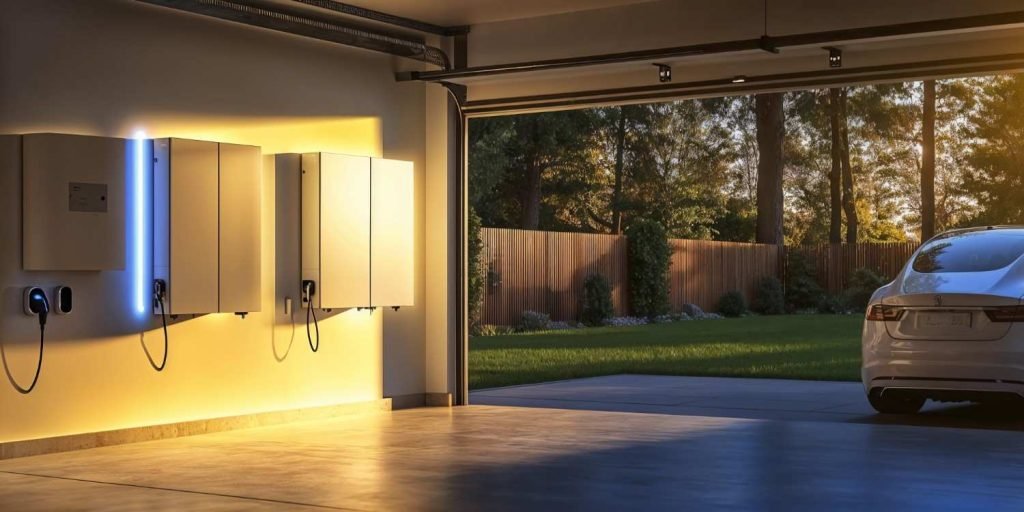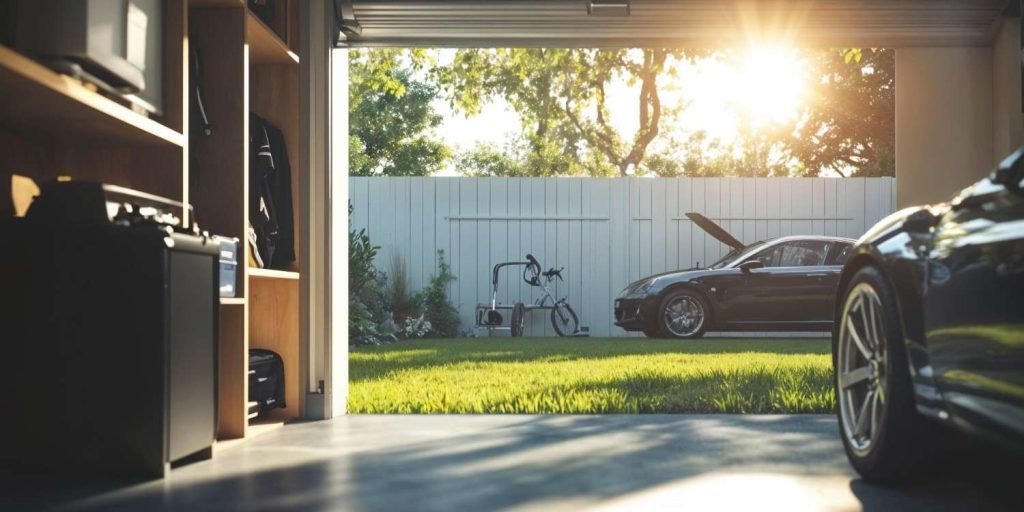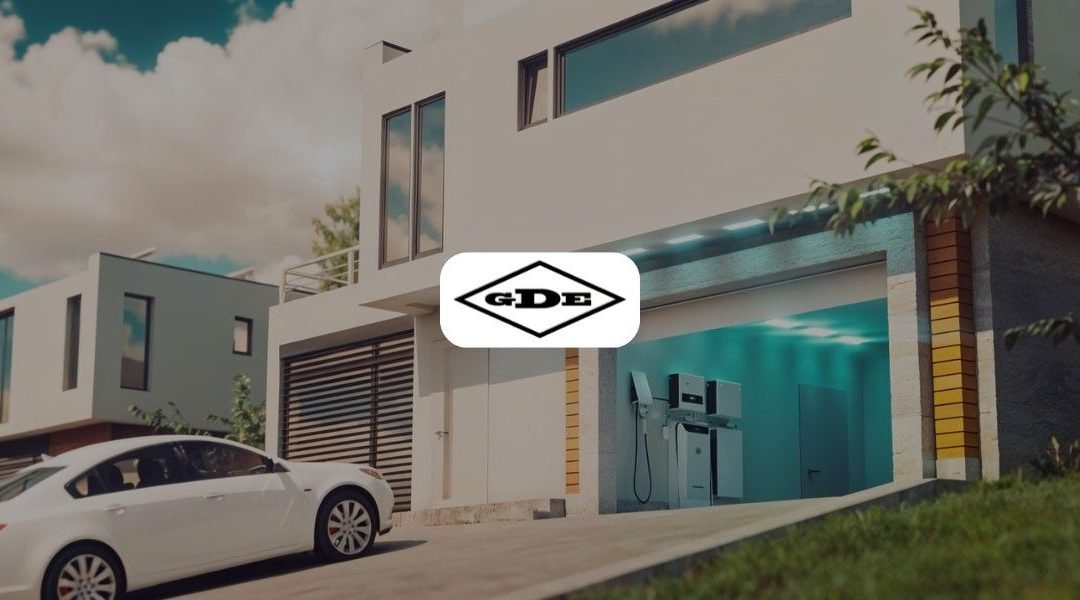Convert your garage into a functional living space to add space and value to your property. An energy-efficient garage conversion turns you into an ecologically responsible person. It is essential to maximize comfort and minimize energy costs. You can create a sustainable, cost-effective space that reduces your carbon footprint. Let us understand several ways to make it possible.
This blog explores key steps in energy-saving renovations, sustainable garage remodeling ideas, and cost-effective energy upgrades to ensure your converted garage stays comfortable year-round while lowering utility bills.

Why Choose an Energy-Efficient Garage Conversion?
Garages are typically not built with the same insulation and energy efficiency standards as the rest of the home. Without proper upgrades, a converted garage can become too hot in summer and too cold in winter, leading to high energy consumption.
Focusing on high-efficiency windows and doors, proper insulation, and smart HVAC solutions helps create a comfortable and environmentally friendly space.
Key Steps for an Energy-Efficient Garage Conversion
1. Insulate Walls, Ceiling, and Floor
Proper insulation is one of the most important energy-saving home renovations for a garage conversion.
- Walls: Use spray foam, fiberglass batts, or rigid foam insulation to prevent heat transfer.
- Ceiling: If your garage has an attic space, add blown-in insulation to retain warmth.
- Floor: Since garage floors are often concrete, install insulated subflooring or radiant heating for better thermal efficiency.
2. Install High-Efficiency Windows and Doors
Old garage doors and single-pane windows are major sources of energy loss.
- Replace them with high-efficiency windows and doors featuring double or triple glazing and Low-E coatings.
- Opt for ENERGY STAR-rated products to ensure maximum thermal performance.
- Consider installing weatherstripping around doors to prevent drafts.
3. Upgrade to a Smart HVAC System
Heating and cooling a converted garage efficiently requires a well-planned system.
- A ductless mini-split is a smart choice for eco-friendly garage remodels. They offer efficient, targeted heating and cooling with minimal energy loss.
- Proper duct sealing and insulation prevent leaks when you extend your home’s HVAC system.
- Use a programmable thermostat to optimize energy use based on occupancy.
4. Choose Energy-Efficient Lighting
Switching to LED lighting is one of the easiest, cost-effective energy upgrades for your garage conversion.
- Install dimmable LEDs with motion sensors to save electricity.
- Maximize natural light with skylights or solar tubes to reduce reliance on artificial lighting.
5. Seal Air Leaks and Improve Ventilation
Air leaks can undermine your insulation efforts, making your HVAC system work harder.
- Seal openings around windows, doors, and electrical outlets using caulk or expanding foam to improve energy efficiency.
- Install an energy recovery ventilator (ERV) to maintain fresh air circulation without losing heat.
6. Use Sustainable Building Materials
For an eco-friendly garage conversion, opt for recycled or low-VOC materials.
- Eco-friendly options like bamboo, reclaimed wood, and recycled steel offer long-lasting durability.
- Using low-VOC paints and adhesives helps maintain healthier indoor air quality.
7. Consider Solar Panels or Renewable Energy
If you want to take your energy-efficient garage conversion further, consider renewable energy sources.
- Solar panels can offset electricity costs, especially if your garage conversion includes high-energy appliances.
- Solar water heaters are another great option if your space has a bathroom or kitchenette.

Cost-Effective Energy Upgrades for Garage Conversions
While some energy-efficient upgrades require an initial investment, they pay off in long-term savings. Here are some budget-friendly options:
✔ Insulate the garage door instead of replacing it (if keeping the original structure).
✔ Install thermal curtains to improve window efficiency without full replacements.
✔ Use area rugs on concrete floors for added insulation.
✔ Seal gaps with weatherstripping to prevent drafts.
Final Thoughts
An energy-efficient garage conversion improves your home’s functionality, reduces energy bills, and lessens environmental impact. By focusing on high-efficiency windows and doors, proper insulation, smart HVAC solutions, and sustainable garage remodeling ideas, you can create a comfortable, eco-friendly space that adds long-term value to your home.
Convert your garage into a guest room, home office, or rental unit with these cost-effective energy upgrades. It ensures year-round comfort without excessive energy consumption.
Start planning your eco-friendly garage conversion today and enjoy a greener, more efficient living space!
Contact a local contractor specializing in energy-saving home renovations to get started!

Choose Danz Construction for Your Garage Conversion
When transforming your garage into a functional living space, you need a trusted contractor with expertise in energy-efficient, high-quality conversions—that’s where Danz Construction excels. With years of experience in custom garage conversions, they prioritize durable materials, smart design, and energy-saving solutions to maximize comfort and home value.
Danz Construction stands out for:
✔ Skilled Workmanship – Custom conversions are carefully crafted to match specific requirements.
✔ Energy-Efficient Upgrades – Insulation, high-performance windows, and eco-friendly materials.
✔ Transparent Pricing – Clear estimates with no hidden costs.
✔ Licensed & Insured – Professional, reliable service you can trust.
Ready to transform your garage into an energy-efficient living space?
For an efficient, stress-free garage conversion, contact Danz Construction today!
Frequently Asked Questions(FAQs)
1. What Are the Best Insulation Options for an Energy-Efficient Garage Conversion?
The best options include spray foam insulation (for superior air sealing), fiberglass batts (cost-effective and easy to install), and rigid foam boards (great for walls and floors). Blown-in cellulose or fiberglass in the attic space can improve thermal efficiency. Choose higher R-value insulation materials.
2. How Can I Make My Garage Conversion More Eco-Friendly?
An eco-friendly garage conversion involves sustainable materials and energy-saving upgrades. Use recycled or reclaimed materials (like bamboo flooring or reclaimed wood), install Low-VOC paints and adhesives, and opt for ENERGY STAR-rated windows and doors. Adding solar panels or a ductless mini-split HVAC system can further reduce your carbon footprint. Proper insulation, LED lighting, and smart thermostats contribute to a greener space.
3. Are high-efficiency windows worth the investment for a garage conversion?
Yes. Upgrading to double or triple-glazed windows with Low-E coatings improves thermal performance, reduces noise, and enhances security. ENERGY STAR-rated windows can save up to 12% on energy bills annually. If replacing all windows isn’t in your budget, consider thermal curtains or window films as a temporary solution to improve efficiency.
4. What Is the Most Cost-Effective Heating Solution for a Converted Garage?
The most cost-effective heating solution depends on your garage’s size and insulation quality. A ductless mini-split system, electric radiant floor heating, a portable space heater (with safety precautions), or an insulated garage door can help retain heat. Pairing any heating system with proper insulation and weatherstripping ensures maximum efficiency and lower energy costs.
5. How can I reduce energy costs in my garage conversion?
To reduce energy costs, focus on insulation, sealing air leaks, installing a thermostat, lighting and motion sensors, and upgrading to energy-efficient appliances.

